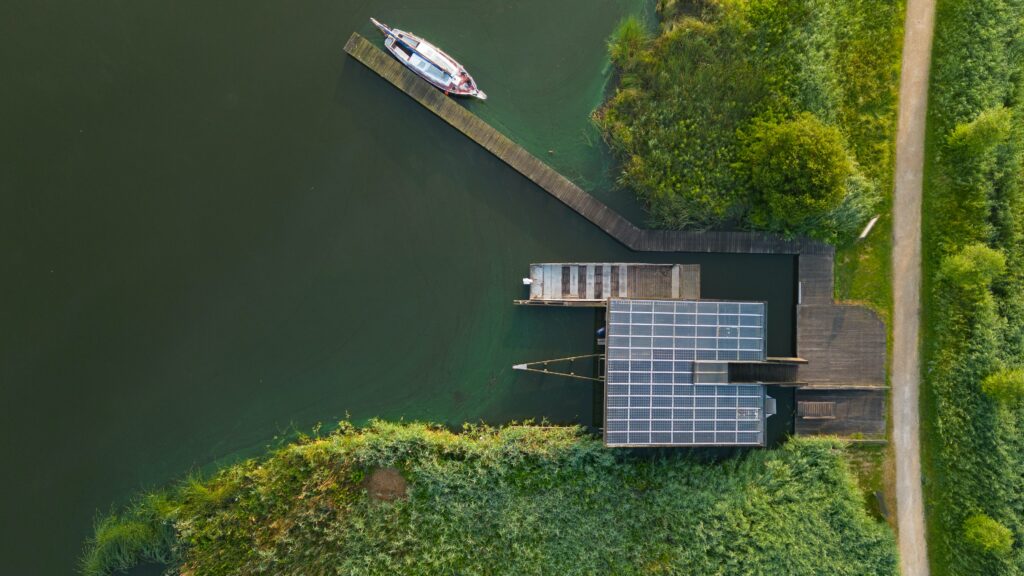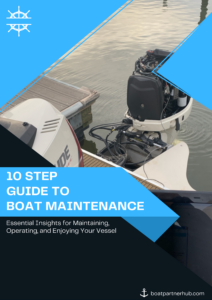Blog
DIY: Charging Your Boat With Solar Panels

Harness the Sun: A Step-by-Step Guide to Charging Your Boat with Solar Panels for Clean Energy Boating
Embracing eco-friendly solutions is becoming increasingly important, especially in the world of boating. Solar panels offer a sustainable and cost-effective way to harness renewable energy and power various systems on your boat. By installing solar panels, you can reduce your carbon footprint and extend your boating range without relying solely on traditional power sources. In this comprehensive DIY guide, we will walk you through the process of charging your boat with solar panels, enabling you to embrace clean energy and enhance your boating experience.
1. Assess Your Power Needs
Before installing solar panels, determine your boat’s power needs to understand the appropriate solar capacity required. Consider the electrical systems, appliances, and devices you plan to charge or run using solar energy. Make a list of power-consuming equipment and their energy requirements.
2. Choose the Right Solar Panels
Selecting the right solar panels is crucial for optimal energy generation:
- Monocrystalline vs. Polycrystalline: Monocrystalline panels are more efficient and compact, making them suitable for boats with limited space.
- Marine-Grade: Ensure the solar panels are marine-grade, designed to withstand the marine environment and resist corrosion.
3. Calculate Solar Panel Capacity
Based on your power needs, calculate the required solar panel capacity. Consider factors like daily sunlight hours and efficiency to determine the number and size of solar panels needed.
4. Install Solar Panels
Follow these steps to install solar panels on your boat:
- Step 1: Choose a suitable location for mounting the solar panels. Ideally, they should be installed on a flat surface with maximum exposure to sunlight.
- Step 2: Use mounting brackets and hardware to secure the solar panels in place.
- Step 3: Connect the solar panels in series or parallel to achieve the desired voltage and current output.
- Step 4: Use marine-grade wiring to connect the solar panels to a charge controller, which regulates the charging process and protects the battery from overcharging.
- Step 5: Connect the charge controller to your boat’s battery bank.
5. Battery Considerations
Ensure your boat’s battery bank is appropriate for solar charging:
- Deep Cycle Batteries: Use deep cycle batteries, specifically designed for repeated charging and discharging cycles.
- Battery Capacity: Match the battery capacity with your power needs and solar panel output for optimal performance.
6. Monitor and Maintain
Regularly monitor your solar panel system to ensure it’s functioning efficiently. Keep the solar panels clean and free from debris, as dirt can reduce their performance. Inspect connections and wiring for any signs of wear or damage.
7. Energy Management
Practice energy management to make the most of your solar-powered boat:
- Energy Consumption: Be mindful of power consumption and turn off unnecessary devices to conserve energy.
- Sun Tracking: Adjust the position of solar panels throughout the day to maximize sun exposure.
8. Backup Power
Consider having a backup power source, such as a generator or engine alternator, in case of extended cloudy periods or increased power demands.
Conclusion
Charging your boat with solar panels is a rewarding DIY project that brings the benefits of clean and sustainable energy to your boating adventures. By carefully assessing your power needs, choosing the right solar panels, and installing them correctly, you can enjoy increased self-sufficiency on the water and reduce your environmental impact. Regular maintenance and energy management will ensure your solar panel system operates efficiently and reliably. With solar power on your side, you can embark on extended journeys with confidence, knowing that you’re harnessing the sun’s energy to power your boat and explore the waters sustainably.
FAQs
- Can I install solar panels on any type of boat? Solar panels can be installed on various types of boats, but ensure they have a suitable flat surface with adequate sun exposure.
- Do I need to charge my boat’s battery bank using a charge controller? Yes, a charge controller is essential to regulate the charging process and protect the batteries from overcharging, which can cause damage.
- How much power can solar panels generate on a boat? The power generation capacity depends on the size and efficiency of the solar panels, as well as the available sunlight hours.
- Can I use solar power to run all electrical systems on my boat? While solar power can provide a significant portion of your electrical needs, it may not be sufficient to run all high-power appliances continuously.
- Do I need professional help to install solar panels on my boat? While DIY installation is possible, if you’re unsure or inexperienced with electrical work, consulting a marine electrician may be beneficial.


